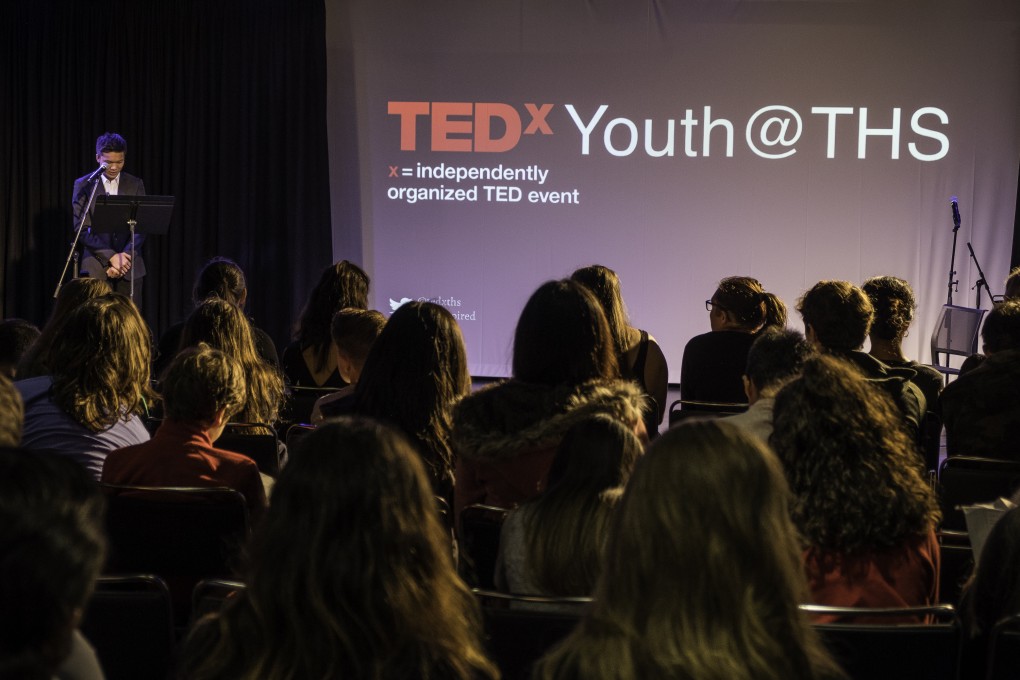Designing courses for the future of learning

[Sponsored Article]
The notion of “interdisciplinary learning” is not a novel one. It has long been acknowledged that in a real-world context the content of discrete subject areas such as History and Literature or Chemistry and Calculus necessarily collide. And one will hear many secondary school educators and administrators cite the virtues of teaching courses in which content authentically combines.
For how complete can one’s analysis of Shakespeare be without cultivating an understanding of the politics of the Elizabethan city and stage? Or how thorough a study of how diseases spread without examining sociological factors alongside the biological? And how valuable is a schooling experience if it promotes artificial categories of knowledge?
It seems a common understanding that academic content in the “real world” is by nature interdisciplinary and the will to evolve secondary schools from places where the nuances of content knowledge and skills are often stifled by stratification into integrated centers of learning has existed amongst practitioners for decades. Yet the practical setup of schools frequently renders such objectives elusive if not impossible to achieve.
In a conversation characterized by trendy terminology such as “innovative” and and “futuristic,” a deep dive into the logistics of curricular change is not always the most attractive. When conceiving of different ways of approaching academic content, the tendency is to hone in on new and improved pedagogies without much concern for how everyday procedural elements of schools can have the biggest impact on moving the progressive education ball down the field.
How, for example, are a mathematics and literacy teacher meant to collaborate when they so often are assigned to different areas of the building, operate on conflicting schedules, and are expected to use planning time to attend department-specific meetings. No amount of investment in collaboration across disciplines will yield change subject to these limitations of time and space.
The Harbour School, founded as a seven-student pre-school in Kennedy Town ten years ago, has expanded to include nearly four hundred students, grades Pre-K through 12, across three campuses on Hong Kong island. THS’ integrated approach to learning, in which teachers are encouraged to emphasize the real-world application of content, faces the same challenges at the secondary level as any other school might when looking to integrate disciplines.